Vertov’s “Man with a Movie Camera” (1929)
Dziga Vertov’s “Man with a Movie Camera” has shown the world the capabilities of the cinematographic camera. The silent movie was advised to be accompanied with a fast-moving musical score. Since its release the film has been rendered with many soundtracks. Man with a Movie Camera took 4 years to film. It documents the daily life of modern Soviet city life, spanning four cities — Kharkiv, Kiev, Moscow and Odessa. The manifesto at the beginning of the film heralds the […]


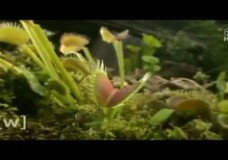
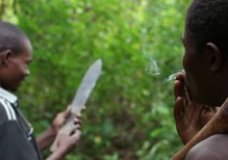

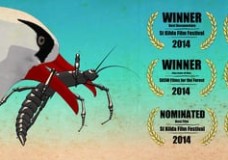
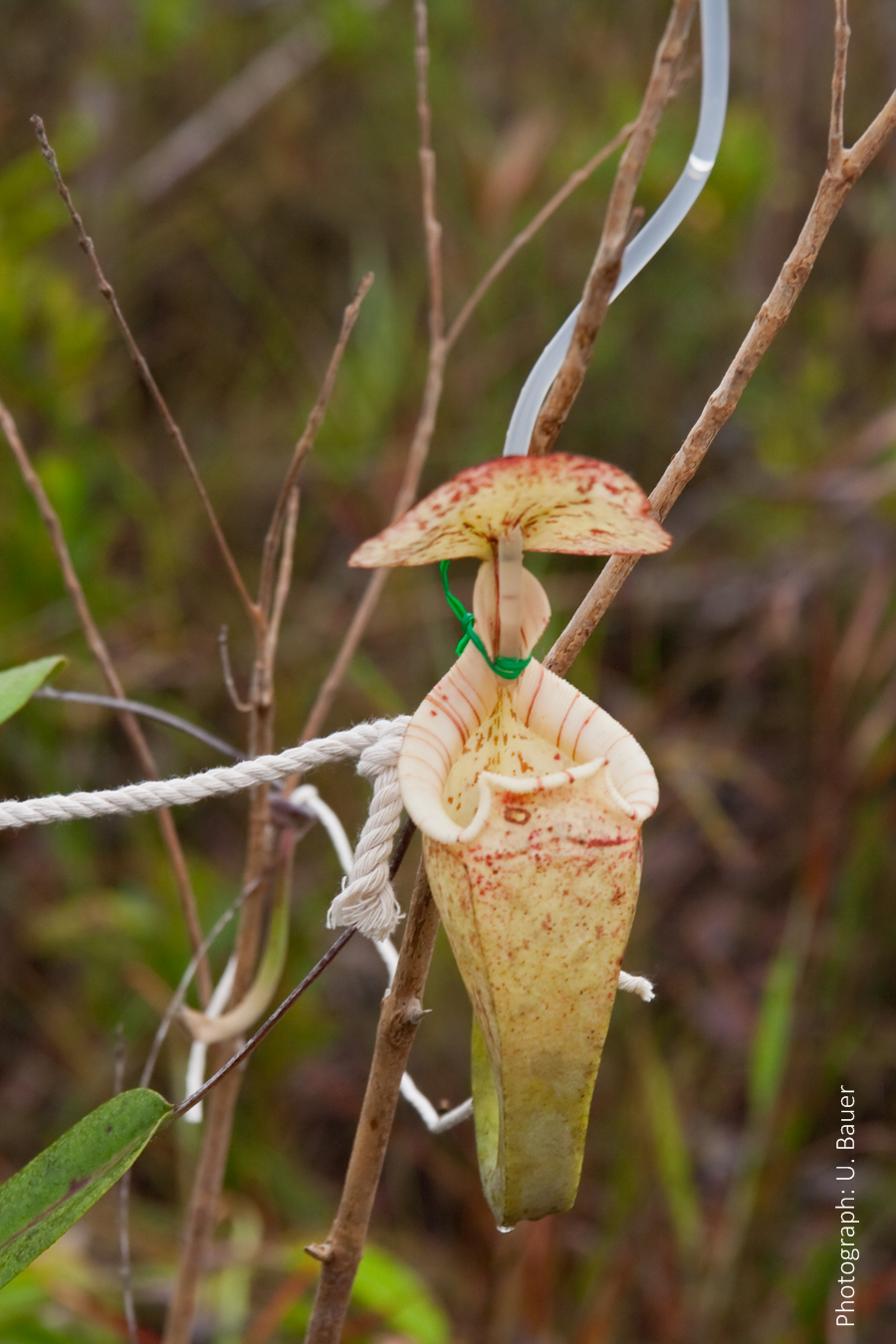
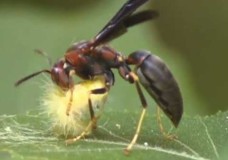
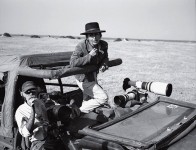
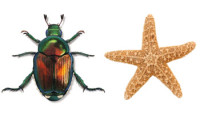
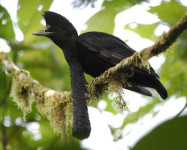


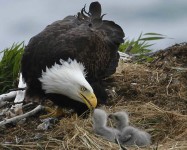
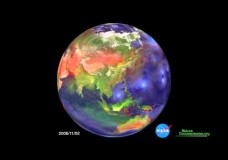
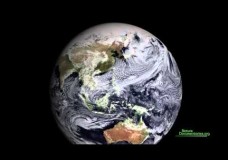

Recent Comments